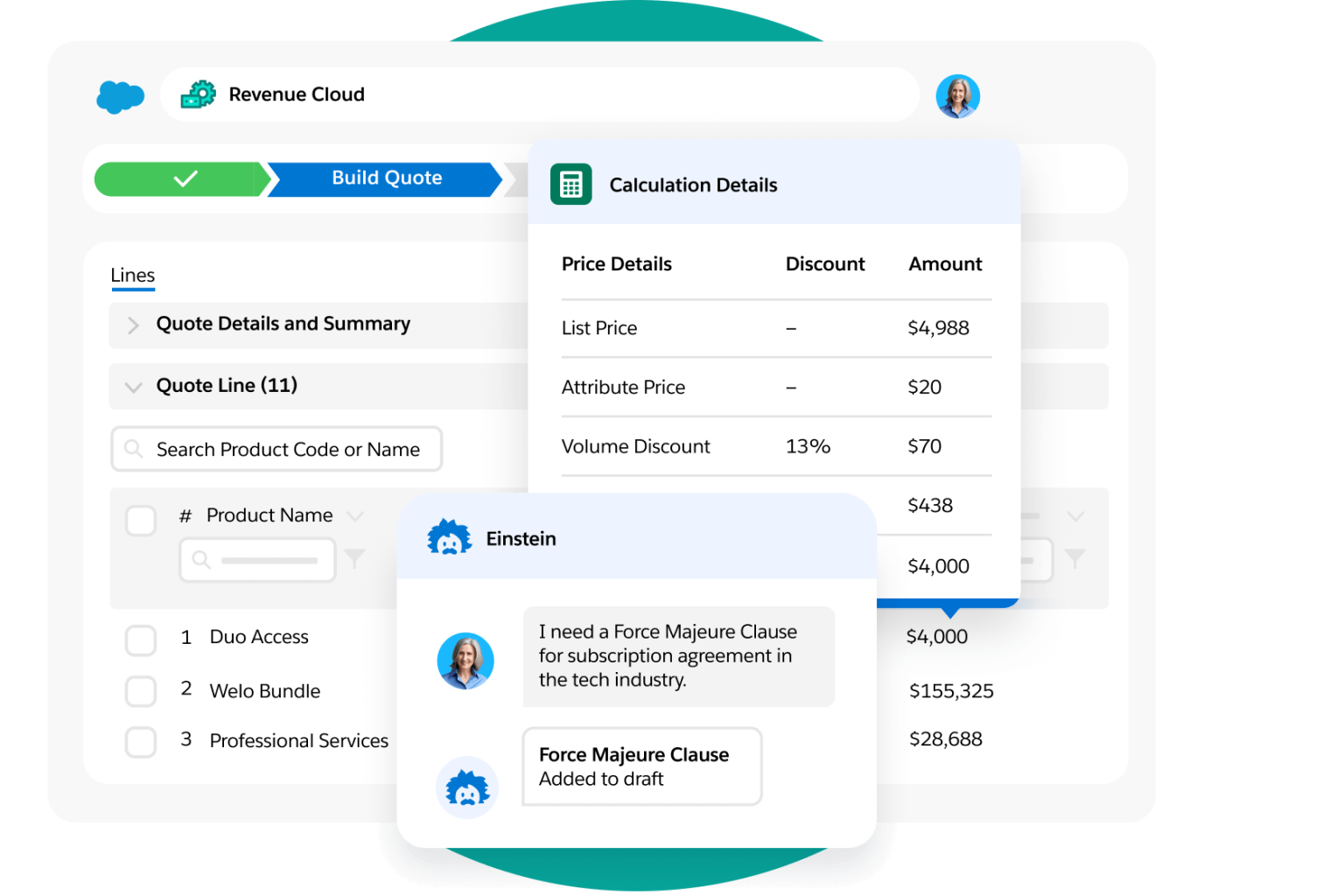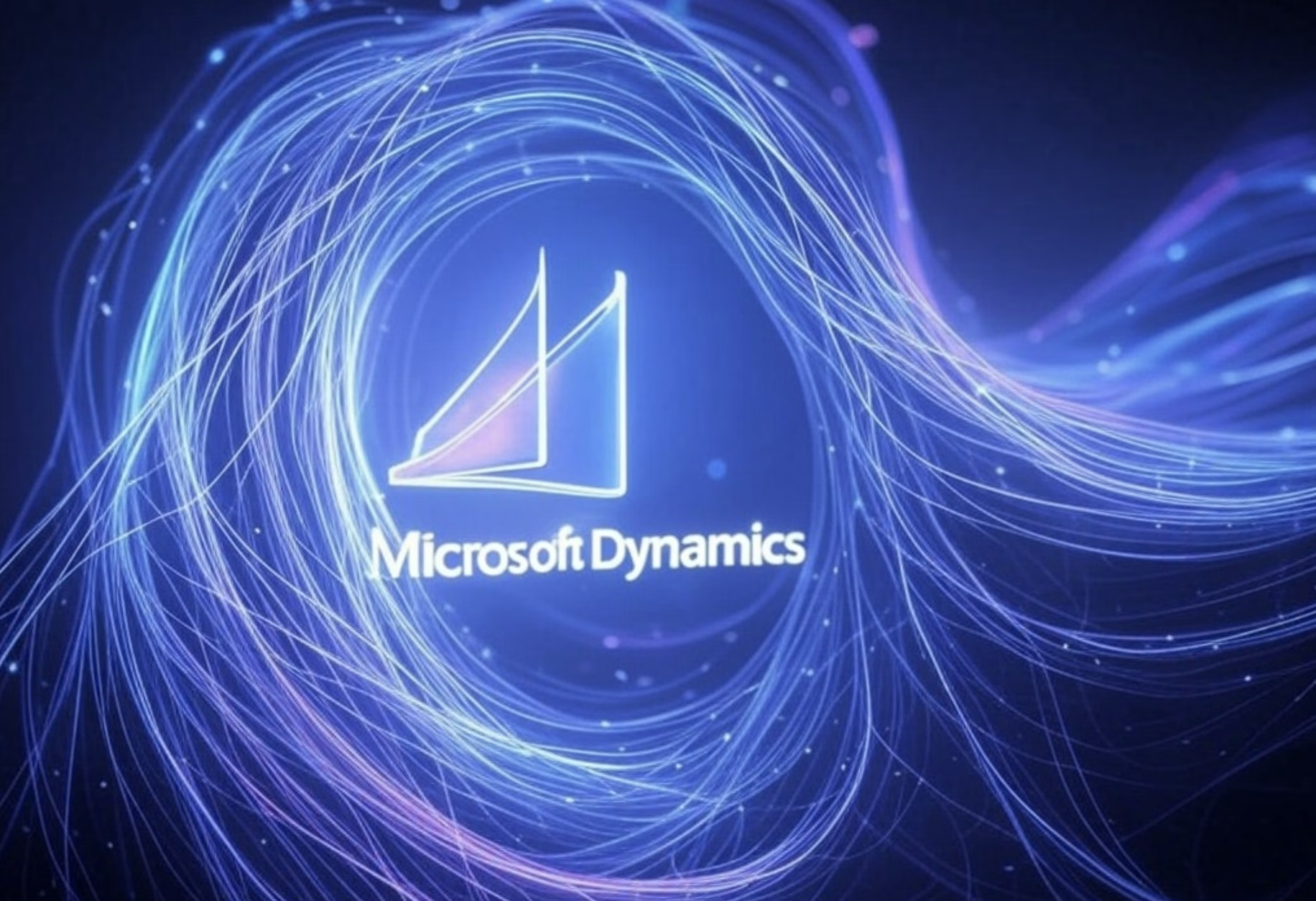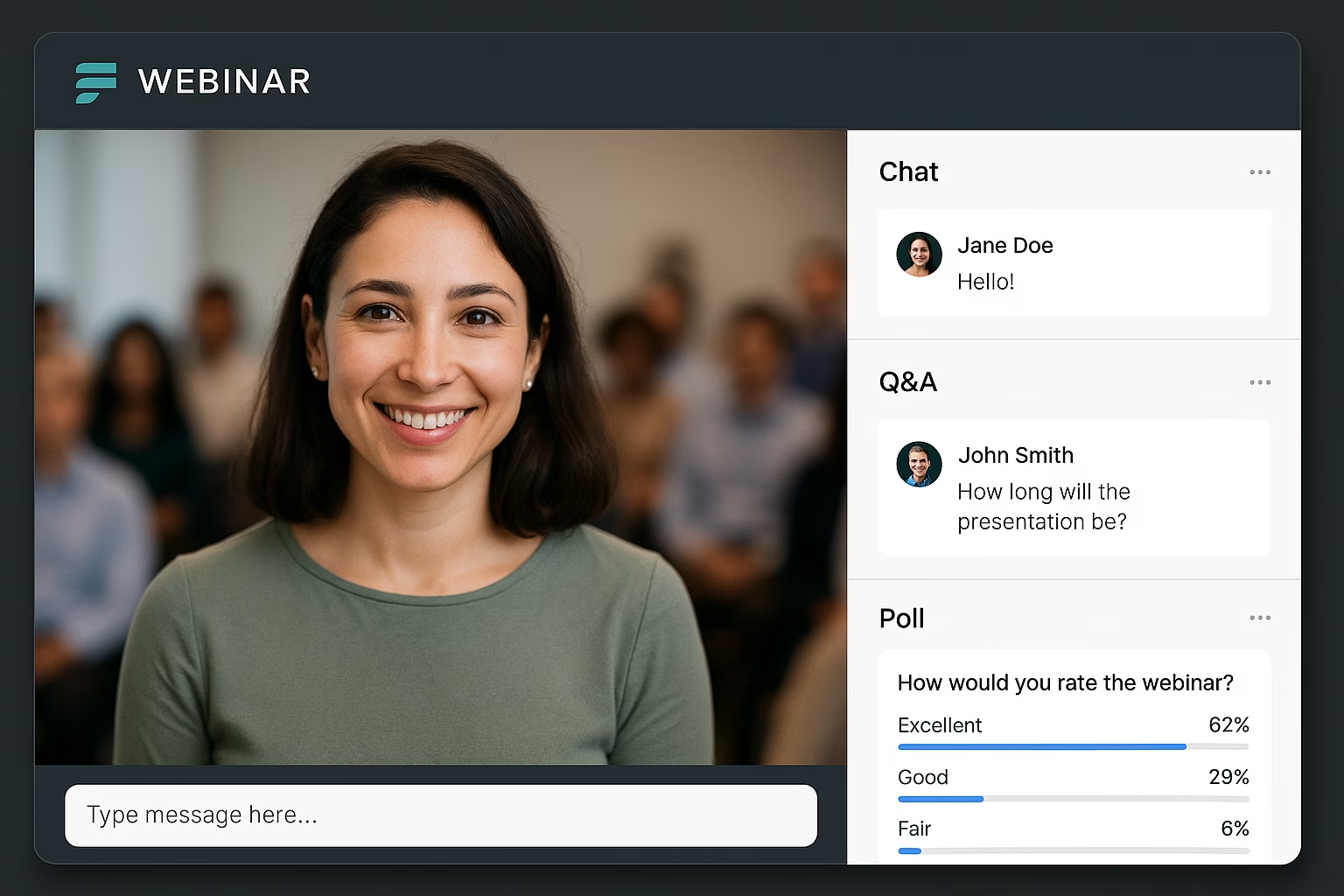By Martin H. Morrissette, Sirocco CMO – Book time with me
Salesforce Revenue Lifecycle Management (RLM) offers a comprehensive approach to streamlining revenue processes from the moment a product is launched through to delivery and further opportunities. However, successful implementation of RLM requires more than just adopting the technology—it calls for aligning your data, workflows, and teams. At Sirocco, we guide you through this transformation, ensuring your business fully benefits from RLM’s potential. This article explores how Salesforce RLM enhances product management, the key steps to consider for a successful transition, its evolution, and the future trends shaping this platform.
The role of Salesforce RLM in product management
From launch to delivery
Salesforce RLM supports the product lifecycle at every stage, from initial development to ongoing customer engagement. By automating complex processes such as billing, contract management, and revenue recognition, it removes much of the operational burden that can bog down teams. This automation enables product managers to shift focus towards strategic priorities like enhancing the customer experience or refining the product offering. Additionally, with real-time visibility into the entire revenue process, teams are better equipped to handle financial forecasting, product updates, and compliance requirements, ensuring that the product lifecycle is not just smoother, but also more agile.
Up-sales and cross-sales opportunities
The real-time data capabilities of Salesforce RLM offer invaluable insights into customer behaviour, purchase patterns, and unmet needs. This data empowers your sales and marketing teams to deliver more targeted up-sell and cross-sell offerings at the optimal moment in the customer journey. For instance, a customer who has just upgraded a product might be a candidate for an additional service, or a complementary product bundle that maximises their value from your ecosystem. By tracking purchasing trends and correlating them with engagement data, RLM equips you to drive revenue through timely and tailored offers, creating a seamless experience for customers and accelerating growth.
Customer segmentation
One of the most powerful aspects of Salesforce RLM is its ability to help product managers segment customers effectively. By leveraging key performance indicators such as revenue potential, product usage, and customer engagement, RLM allows for a more granular view of your customer base. This segmentation is crucial for customising marketing strategies and tailoring product offerings to specific customer needs, leading to higher conversion rates and improved retention. Whether targeting high-value customers with premium features or engaging less active users with special offers, RLM ensures that your approach is data-driven, maximising the impact of your sales and marketing initiatives.
Product bundling
Product bundling is an increasingly important strategy for businesses aiming to boost average order value (AOV) and enhance customer satisfaction. Salesforce RLM simplifies the creation and management of bundled offerings, ensuring that pricing, inventory, and billing are aligned for seamless execution. With RLM, product managers can quickly test and adjust bundles based on customer demand and sales performance, creating tailored combinations that resonate with different segments. Whether it’s pairing high-demand products with complementary accessories or offering discounted bundles for new customers, RLM helps you make data-backed decisions that increase both sales volume and customer lifetime value.
Product performance metrics
Tracking key product performance metrics is essential for making informed decisions, and Salesforce RLM provides the insights needed to do this at scale. Metrics such as customer acquisition cost (CAC), customer lifetime value (CLV), and product adoption rate help product managers understand the financial and operational success of their products. By continuously monitoring these indicators, RLM offers a clear picture of where to allocate resources, when to pivot on product strategy, and how to maximise profitability. Furthermore, these metrics help identify bottlenecks in the customer journey, allowing teams to address issues early and optimise product positioning, marketing efforts, and customer service initiatives for long-term success.
Key considerations for a smooth transformation
Change management
Adopting Salesforce RLM goes beyond a simple software implementation, it necessitates a fundamental shift in how your teams operate. The introduction of new workflows and automated processes can sometimes create resistance or uncertainty. A robust change management plan is crucial to ensure that the transition is smooth and your teams are well-equipped to use the platform. At Sirocco, we understand the complexities involved in organisational change. That’s why we focus on providing targeted training, offering real-time support, and maintaining open lines of communication. Our approach ensures that your teams not only adapt to RLM but also become champions of its capabilities, driving quicker and more meaningful results for your business.
Data governance
The success of Salesforce RLM hinges on clean, consistent, and high-quality data. Data governance becomes increasingly important as your organisation scales, ensuring that the information feeding into RLM is accurate and reliable. Without a structured approach to data management, inaccuracies can ripple through revenue forecasting, financial reporting, and customer segmentation efforts, undermining the potential of the platform. At Sirocco, we prioritise data cleansing and standardisation early in the process, working closely with your teams to implement rigorous governance protocols. This not only helps in maintaining data integrity but also supports long-term scalability, ensuring that your revenue lifecycle management remains robust and effective. See also our recent blog post on Data Governance.
User adoption
Even the most powerful platform will fall short if your teams don’t fully embrace it. Ensuring widespread user adoption of Salesforce RLM is crucial to realising its full value across the organisation. Successful adoption starts with a strategic, well-executed plan that includes tailored training sessions, clear internal communications, and performance incentives to encourage engagement. At Sirocco, we assist in fostering a culture of adoption by providing ongoing support, offering custom training based on role-specific needs, and ensuring that every team member understands the benefits RLM brings to their day-to-day activities. By empowering your teams, we help ensure the system becomes embedded in their workflows, unlocking better performance and higher satisfaction.
Process integration
One of the critical success factors for Salesforce RLM is how well it integrates with your existing processes. For RLM to deliver its full potential, it must work seamlessly with your existing sales, finance, and product development workflows. Misalignment in these areas can cause disruptions that negate the benefits of the system. Sirocco specialises in aligning RLM with your core operations, ensuring a smooth integration that enhances collaboration across departments. By focusing on streamlining processes, we help your teams work more efficiently, ensuring that revenue management becomes a centralised, cohesive effort that drives business growth across all fronts.
The evolution of Salesforce RLM
Salesforce Revenue Lifecycle Management (RLM) has come a long way since its initial offering. What began as a supplementary tool for Salesforce CPQ (Configure, Price, Quote) has now evolved into a robust platform capable of handling a wide array of revenue processes. Initially focused on simplifying sales workflows and automating pricing configurations, RLM now encompasses billing, contract management, revenue recognition, and more. Its evolution reflects the growing complexity of revenue management in modern businesses, where recurring revenue models, multi-tiered pricing structures, and global compliance standards demand a more sophisticated approach. Salesforce RLM has adapted by offering increasingly powerful tools that cater to diverse industries and business models, enabling organisations to scale their revenue operations with ease.
Integration with other Salesforce products
One of Salesforce RLM’s greatest strengths, in our view, lies in its seamless integration within the broader Salesforce ecosystem. By connecting with tools like Marketing Cloud, Service Cloud, and Commerce Cloud, RLM allows businesses to create a unified strategy that links sales, marketing, and customer service. This holistic approach ensures that revenue processes are not managed in isolation but are closely aligned with customer relationship management, helping businesses maintain consistent messaging and streamline operations. By tapping into these interconnected capabilities, you can gain a 360-degree view of your customer’s journey and drive revenue growth through more strategic engagements, offering a clear competitive edge in today’s marketplace.
Adapting to competition
As the landscape of revenue management software continues to expand, Salesforce RLM has had to remain agile to stay ahead. Competitors like Zuora, SAP, and Oracle offer compelling alternatives, particularly for businesses that may not be fully embedded in the Salesforce ecosystem. However, Salesforce RLM differentiates itself with its unparalleled integration capabilities, user-friendly interface, and scalability. It has positioned itself as a go-to option for businesses seeking a holistic solution that covers everything from pricing and billing to forecasting and compliance. By staying close to customer needs and continually enhancing its platform, Salesforce RLM remains a preferred choice for businesses looking for long-term flexibility and a unified approach to revenue management.
The future of Salesforce RLM
AI and predictive insights
Artificial intelligence and machine learning are poised to play a pivotal role in the future of Salesforce RLM. With AI-powered predictive insights, businesses can anticipate revenue trends, identify potential bottlenecks in their sales cycles, and forecast customer behaviour with unprecedented accuracy. These capabilities will allow organisations to proactively address challenges, optimise pricing models, and uncover new revenue opportunities. As Salesforce continues to expand its AI offerings, future iterations of RLM are likely to include more intelligent automation, enabling businesses to refine their revenue processes without manual intervention, saving time and improving accuracy.
Blockchain for transparency
Blockchain technology holds enormous potential for revenue lifecycle management, particularly in enhancing the transparency and security of financial transactions. By using blockchain to create a decentralised ledger of transactions, businesses can ensure that their revenue processes are fully auditable, tamper-proof, and easily accessible to regulators and stakeholders. This added layer of security will be especially beneficial for industries that require high levels of compliance or operate in complex, multi-party ecosystems. While still emerging, blockchain could revolutionise how businesses track and manage their revenue streams, offering greater trust and accountability.
Low-Code/No-Code customisation
The growing demand for low-code and no-code platforms reflects a broader trend toward making advanced technology more accessible. In the context of Salesforce RLM, this means businesses will increasingly be able to tailor the platform to their specific needs without needing a deep technical background. With drag-and-drop functionality, intuitive user interfaces, and pre-built templates, low-code/no-code platforms empower product and revenue teams to make quick adjustments, customise workflows, and respond to market changes rapidly. As these platforms mature, Salesforce RLM will continue to evolve, allowing even greater flexibility and faster time to value.
Revenue operations
Revenue operations (RevOps) is fast becoming a critical function in modern businesses, unifying sales, finance, and customer success under a single revenue-focused framework. As RevOps grows in prominence, Salesforce RLM is uniquely positioned to support this evolution by offering a centralised platform for managing all revenue-related processes. By integrating data from various departments, RLM enables more effective collaboration, improved forecasting, and streamlined revenue operations. This consolidation not only drives efficiency but also helps businesses make better, data-driven decisions, ensuring that revenue growth remains at the forefront of their strategy.
Accelerating your revenue strategy with RLM
Salesforce Revenue Lifecycle Management offers a powerful way to transform how your business manages and grows its revenue. By focusing on customer segmentation, optimising product offerings, and ensuring data governance, you can fully leverage RLM to enhance your product management approach. At Sirocco, we understand that successful implementation goes beyond technology, it requires strategic alignment of people, data, and processes. Our expertise in Salesforce integration ensures that your business is equipped to drive revenue growth and make the most of RLM’s capabilities. Ready to take your revenue strategy to the next level? Let’s get started:










